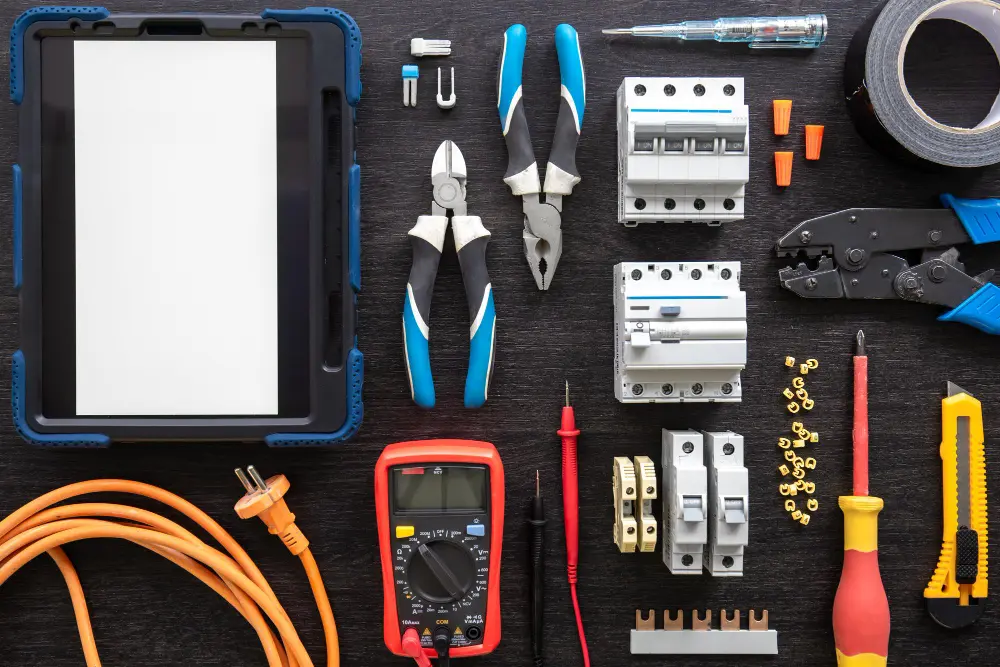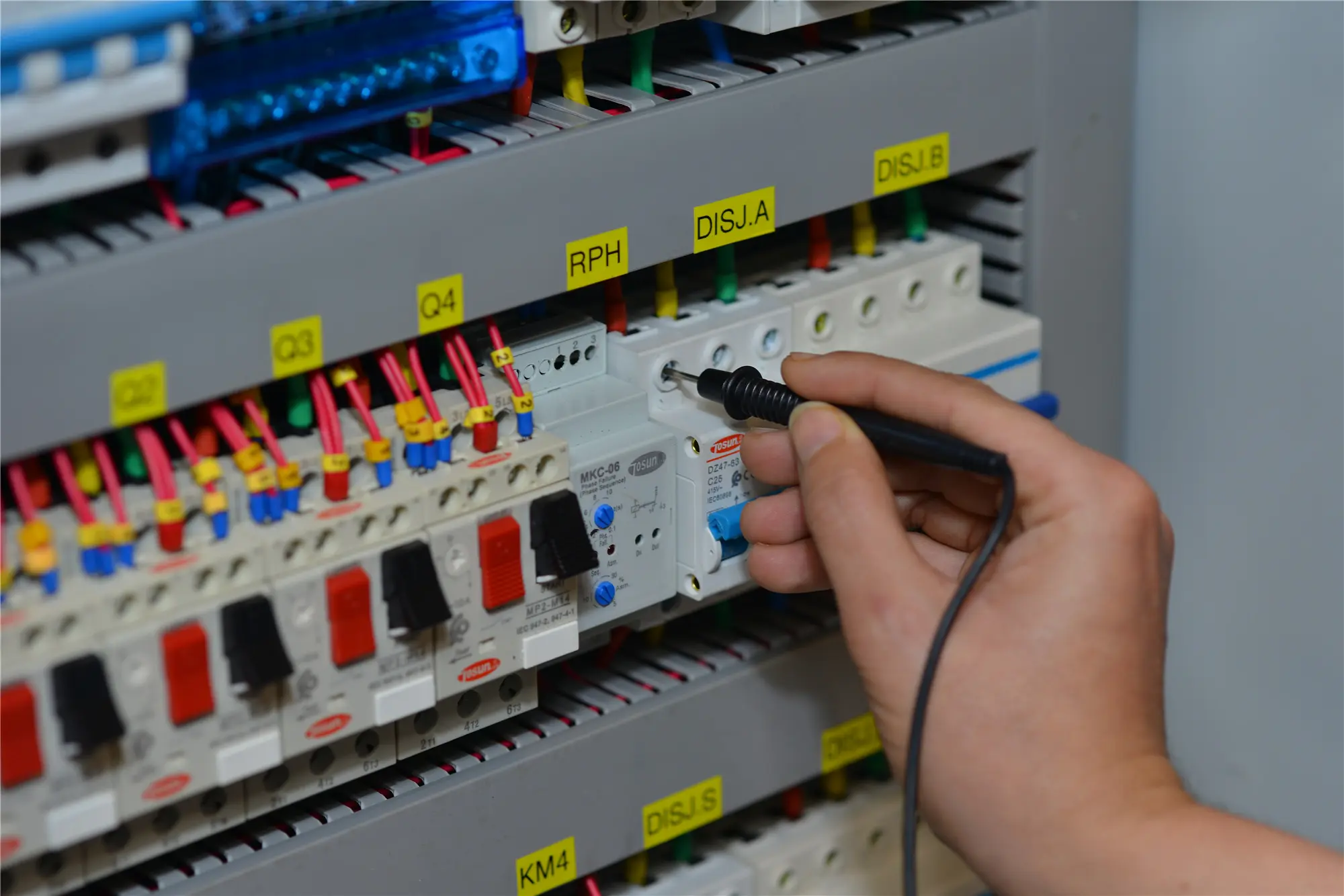What’s the Difference Between Protection Relays vs Control Relays?
Table of Contents
ToggleRelays are electromagnetic devices that open or close electrical contacts to control circuits. But within this broad category, protection and control relays serve very distinct purposes. Both protection relays and control relays play important roles in electrical systems, but they serve very different purposes. Their differing functions and capabilities drive design tradeoffs to consider.
- Control relays amplify signals to switch loads
- Protection relays safeguard equipment
- Operating speed is critical for protection relays
Their differing roles and capabilities drive design tradeoffs that engineers must consider for various applications.
What is a Control Relay?
Control relays switch electrical loads on and off based on input signals, allowing low power circuits to activate higher powered lights, horns, valves, motors, and more.
Their primary functions are signal amplification through contact multiplication and overload protection for delicate switching electronics. Popular examples include starter, timer, latching, and automotive relays.
What is a Protection Relay?
Protection relays safeguard electrical infrastructure and equipment from excessive currents, voltages, temperatures, frequencies, etc.
They continuously monitor system conditions and quickly engage circuit breakers or send shutdown signals when thresholds are exceeded. Common types include overcurrent, differential, distance, transformer, generator, and arc-flash protection relays.
Protection Relays vs Control Relays – Key Differences
Here are a few key differences between protection relays and control relays:
- Operating Speed
Control relays may switch loads on and off frequently, as fast as multiple times per second. Their electromechanical contacts must withstand this high-duty cycle operation over years of hot switching. But operating speed is less critical – 10 to 50 milliseconds is typical.
Protection relays require very fast tripping down to a fraction of an AC cycle to mitigate equipment damage and arc flash hazards. At 60Hz, that’s under 16ms. Faster clearing than mechanical breakers, high-speed solid-state outputs, and self-powered designs enable this quick action.
- Current and Voltage Ratings
Control relays handle typical control panel currents up to around 5-15 amps, with light loads often under an amp. Most have overcurrent protection built in above these levels. Voltages range from 24V DC up to a few hundred volts AC.
But protection relays must withstand short circuit currents of tens of thousands of amps in order to function when protection is actually needed. Insulation also withstands system voltage transient spikes during events. Robust relay designs prevent false tripping or contacts welding shut under extreme electrical stresses.
- Testing and Monitoring
Control relays feature manual override buttons and status LEDs to facilitate testing and troubleshooting. But besides basic contact monitoring, most lack automated diagnostics capabilities or data logging since speed and precision aren’t critical.
Protection relays contain extensive self-testing functions to continually verify proper operation and timing. Digital communications output detailed power system data, event logs, and alarm statuses. Relay settings and logic can also be changed remotely over digital bus networks. Protecting assets demands vigilant monitoring.
Conclusion
Understanding these key differences helps facility managers apply the right tools for various jobs. Utilize affordable, high-duty control relays to safely switch and amplify routine electrical loads. Implement fast, precise protection relays to shield infrastructure investments from abnormal operating events.
Discuss striking the optimal balance between control coordination and protection for your next project with TOSUNlux today.
Tel: +86-577-88671000
E-mail: ceo@tosun.com
Skype: tosunelectric
Wechat: +86-139 6881 9286
WhatsApp: +86-139 0587 7291
Address: Room No.1001 Wenzhou Fortune Center,Station Road, Wenzhou, China
REQUEST A QUOTE
WhatsApp us
 : +86-139 0587 7291
: +86-139 0587 7291 English
English Español
Español Русский
Русский Français
Français العربية
العربية Português do Brasil
Português do Brasil Українська
Українська Türkçe
Türkçe Polski
Polski Nederlands
Nederlands Italiano
Italiano Bahasa Indonesia
Bahasa Indonesia हिन्दी
हिन्दी اردو
اردو አማርኛ
አማርኛ Հայերեն
Հայերեն ไทย
ไทย Монгол
Монгол فارسی
فارسی Shqip
Shqip Ελληνικά
Ελληνικά


